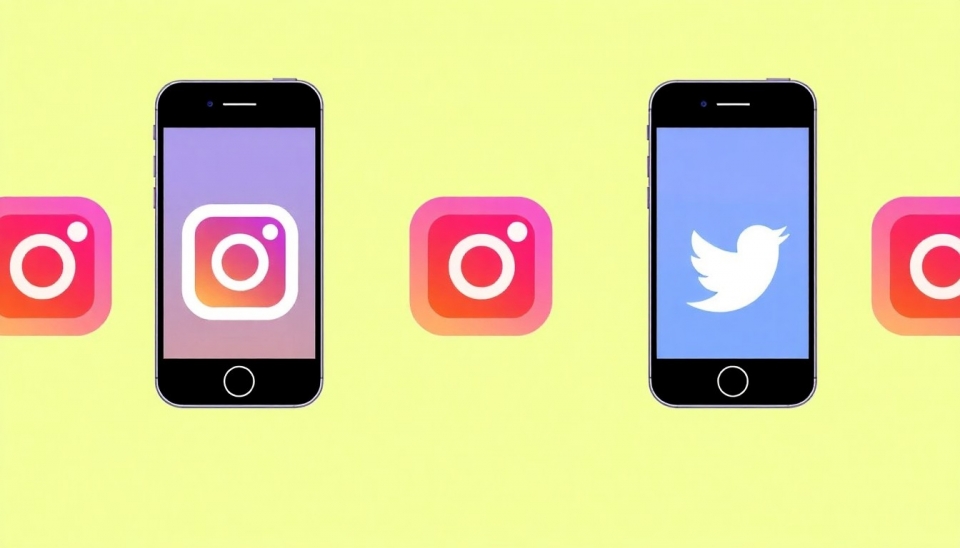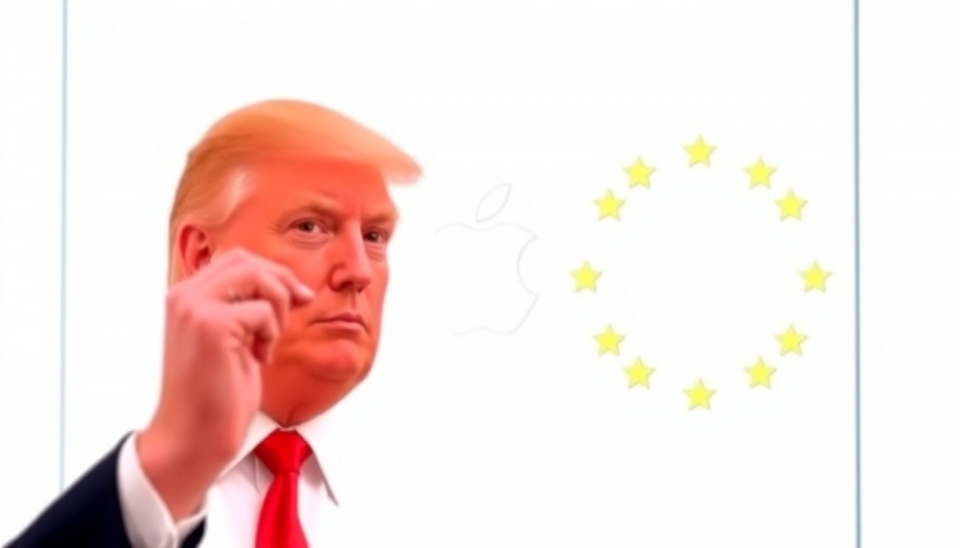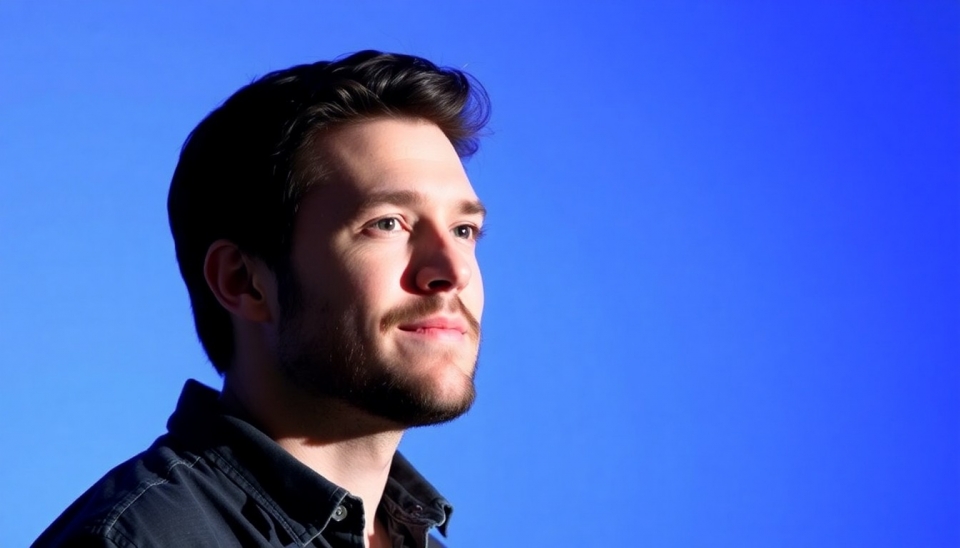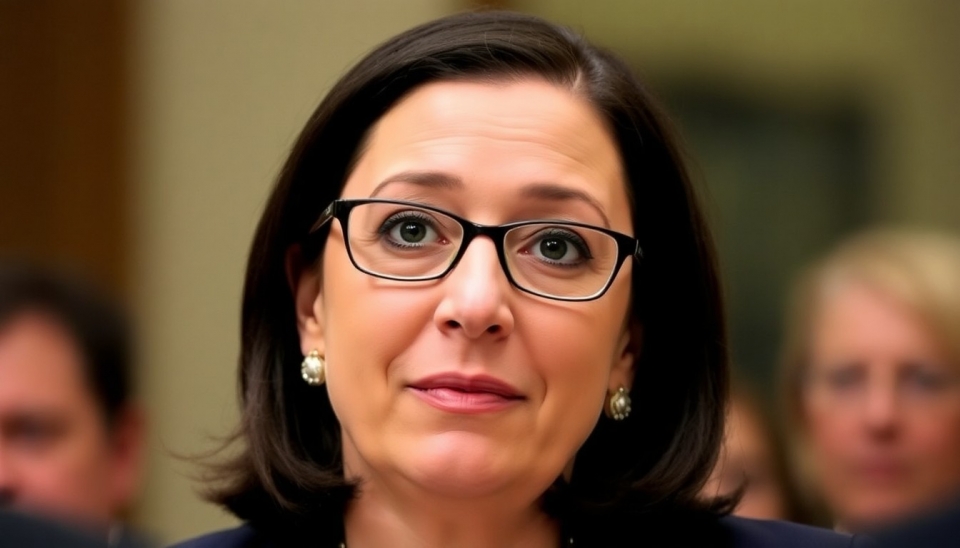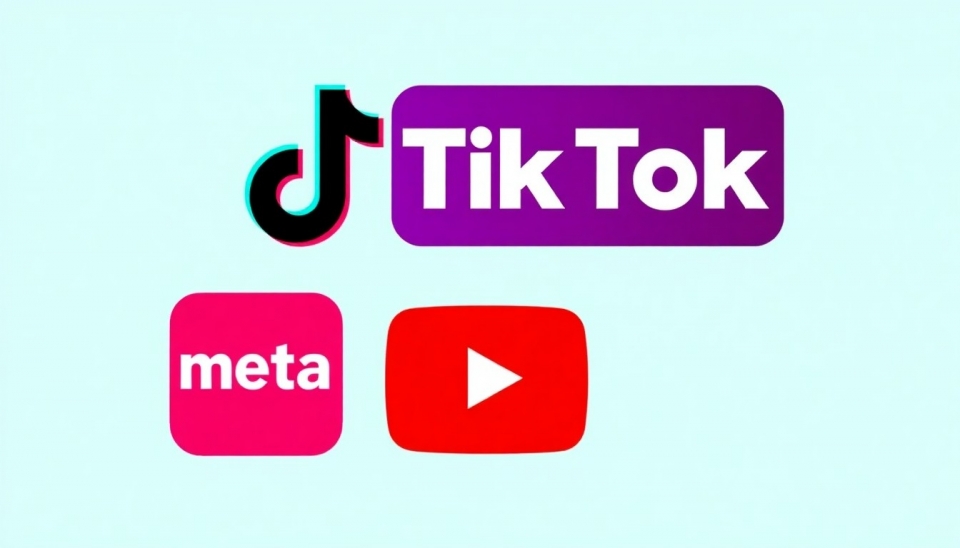
In a surprising turn of events, social media giants Meta and TikTok have found themselves embroiled in a heated debate regarding the potential ban on certain online activities in Australia. As authorities debate the implications of restricting access to popular platforms, YouTube is taking a distinct approach by personalizing user engagement in a bid to fortify its position in the competitive landscape.
The Australian government is keenly scrutinizing the influence of significant social media platforms, particularly in the wake of concerns over data privacy, misinformation, and harmful content. This regulatory scrutiny has prompted both Meta and TikTok to voice their apprehensions regarding a potential ban, arguing that such measures would stifle innovation and limit user freedoms.
Meta, the parent company of Facebook and Instagram, has historically positioned itself as a staunch advocate for free digital expression, emphasizing its commitment to transparency and community standards. In light of the impending ban, Meta executives have stressed that restricting access to their platforms would not only hinder users from connecting with one another but would also pose a significant challenge to local businesses reliant on these networks for marketing and outreach.
On the other hand, TikTok has adopted a more playful approach to the situation while maintaining its stance against the ban. The platform's representatives have highlighted the vital role that TikTok plays in promoting creativity among its users, asserting that it serves as a digital canvas for millions to express themselves. They fear that an outright ban would block those creative outlets, particularly for younger Australians, thus raising concerns about the impact on digital culture.
In contrast, YouTube is capitalizing on this turbulent atmosphere by ramping up its user engagement strategies. The platform is focusing on personalized content recommendations, enhancing its algorithms to provide users with customized viewing experiences tailored to their individual preferences. YouTube's proactive stance suggests a commitment to retaining its user base while simultaneously distinguishing itself from competitors like Meta and TikTok.
The video-sharing giant's initiative to create a more personalized experience also aligns with broader trends in technology, as users increasingly demand content that resonates with their personal tastes. This strategy not only aims to nurture community bonds but also to secure advertisers' trust as businesses seek to ensure their advertisements reach the most relevant audiences.
As discussions around the potential ban continue, the landscape remains fluid and dynamic. Social media platforms are now more than ever aware of the necessity to adapt and innovate amidst regulatory uncertainties. The outcomes of these discussions may set significant precedents for how digital platforms operate within Australia and beyond, potentially influencing global standards as well.
This ongoing saga illustrates the complex interplay between regulation, user experience, and business strategy within the rapidly evolving digital ecosystem. As the dialogue progresses, the stakes have never been higher for social media companies striving to navigate the challenges posed by government policymakers while retaining their users' trust and engagement.
In conclusion, as Meta and TikTok rally against the potential ban and YouTube focuses on personal engagement, the future of social media in Australia will likely depend on how these tech giants respond to both regulatory pressures and user demands in the coming weeks and months.
#Meta #TikTok #YouTube #Australia #SocialMedia #DigitalRegulation #UserEngagement #TechInnovation #ContentCreation #PrivacyConcerns
Author: John Miller
